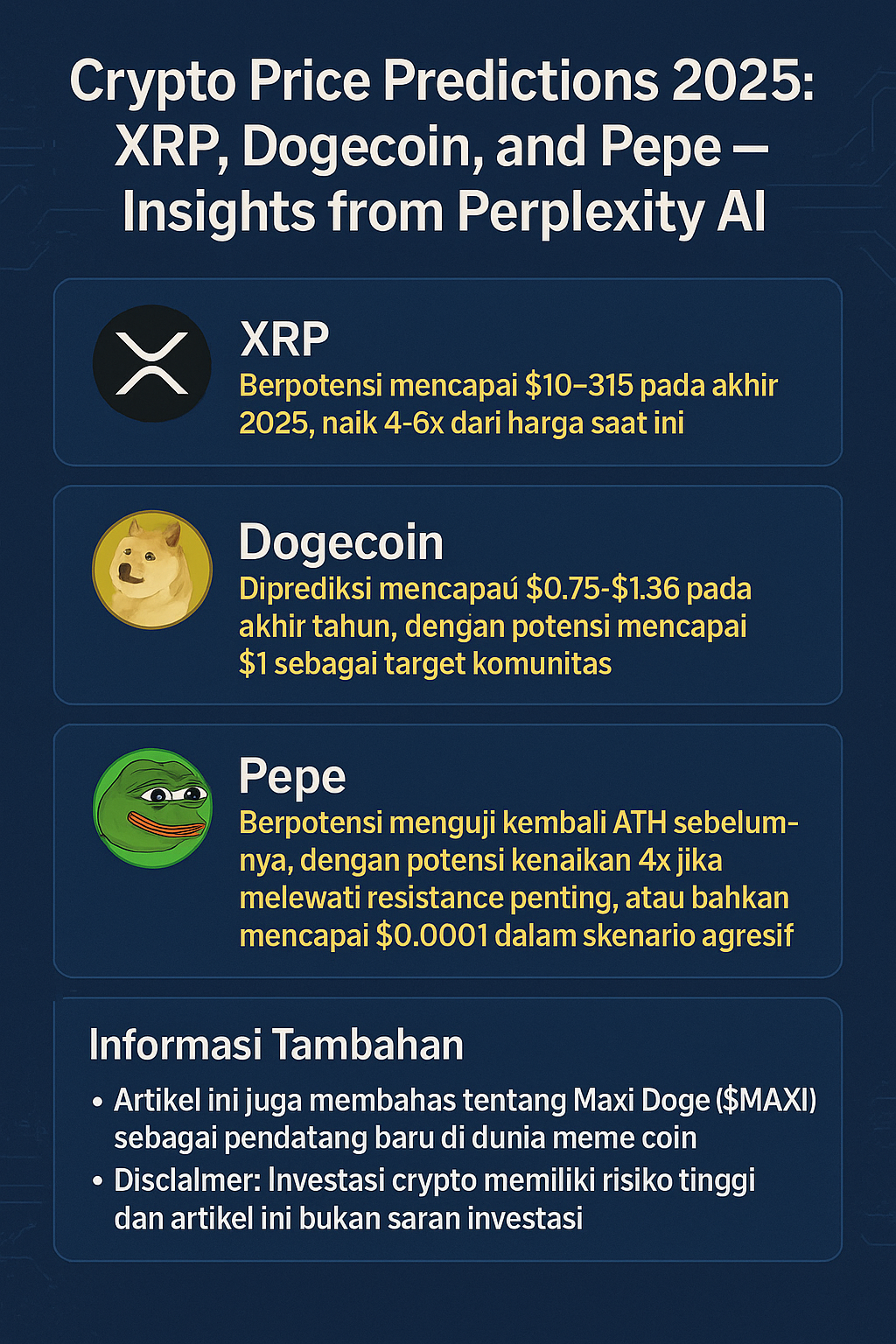BlackRock Sees a Shift in the AI Trade: Where Investors Are Putting Their Money Now

Introduction: Why BlackRock’s Moves Matter
When a titan like BlackRock begins repositioning capital, it signals more than just a change in portfolio weights—it often marks a structural pivot in capital markets. Recently, BlackRock has been vocal about a transformation in how investors should think about artificial intelligence (AI) investing. The trend is moving beyond software and model plays toward the “infrastructure behind AI” — data centers, power, networking, and energy systems.
In this article, we’ll break down what BlackRock is seeing, where investors are redirecting their bets, and what you should watch if you want to ride the wave (without getting swept away).
From Chips to Infrastructure: The Evolving AI Playbook
For a long time, the AI hype centered on chip manufacturers, cloud compute providers, and software models. Everyone expected the next leap to come from the fastest GPU, the most efficient algorithm, or the biggest model. That remains true—but BlackRock suggests the battleground is shifting.
BlackRock’s research argues that as AI scales, the bottlenecks become physical: power, cooling, bandwidth, and data center capacity. In their own words:
“The need for AI data centers and the energy to support them is helping to create a ‘generational opportunity’ in infrastructure today.” BlackRock
In short: it’s not just which AI model wins — it’s how you build the machine behind the AI.
Key Pillars of the Shift: Where Capital Is Flowing
Here are the core areas getting more attention as AI investing evolves:
1. Data Centers & AI Infrastructure
The most visible example is a $40 billion acquisition of Aligned Data Centers by a consortium that includes BlackRock, Microsoft, and Nvidia. Reuters+2Investopedia+2 This deal signals that AI infrastructure is no longer peripheral—it’s central.
Companies that own the hardware, real estate, and energy assets behind AI operations are suddenly prime targets. Investors are thinking in terms of “AI as infrastructure that pays rent”, rather than pure growth bets.
2. Utilities & Power Grid Players
To power large-scale AI, you need electricity. BlackRock sees utilities and power companies as crucial to the AI economy. Their logic: AI growth demands new energy capacity, grid upgrades, and reliable power delivery — all of which can benefit power providers. BlackRock
This isn’t a speculative play; demand for data center electricity is estimated to grow ~20% annually over the decade, potentially taking data centers from ~4% to 10–12% of total U.S. electricity demand. BlackRock
3. Networking, Fiber, and Telecom Infrastructure
Beyond power and cooling, AI systems need ultra-fast connectivity. Fiber routes, high-bandwidth backbone networks, and networking equipment are now part of the AI value chain. Companies that build routers, switches, edge computing nodes, and fiber infrastructure are getting fresh attention.
4. Private Capital & AI Infrastructure Funds
Institutional capital is being pooled into dedicated AI infrastructure funds. Earlier, BlackRock had joined with Microsoft and others in a ~$30 billion AI infrastructure fund. Financial Times+1 These funds are intended to back data centers, energy projects, and supporting infrastructure.
By concentrating capital, these funds can co-invest in large-scale projects that individual companies or small investors might not reach.
Why This Shift Makes Sense (and Why It’s Less Hype, More Utility)
A. Scalability & Durability
Investing in infrastructure gives more durable returns. You’re not betting solely on which model wins, but on continuous demand. As AI proliferates across industries, infrastructure usage will be consumed, maintained, and expanded.
B. Lower Volatility Than Pure Tech Bets
Tech stocks swing widely. Infrastructure, especially regulated utilities or data center real estate, tends to offer a steadier income stream (rent, power contracts, service fees). That can act as a ballast in your growth-oriented portfolio.
C. Barrier to Entry Is Higher
Building data centers, securing utility contracts, and upgrading grids requires capital, permits, real-estate, and long-term agreements. That creates a moat for early entrants, making it harder for new players to compete.
D. Hedge Against AI Overheating
If the AI bubble bursts or some models underdeliver, infrastructure still has real-world demand (power, connectivity, hosting). It’s not a pure bet on model popularity or algorithmic triumph.
Risks & Counterpoints
No shift is complete without caveats. Here are risks to keep in mind:
Overbuilding: If investors overestimate demand, you could see excess capacity and price pressure.
Technological disruption: If AI becomes more energy-efficient or decentralized, infrastructure returns might shrink.
Regulatory risk: Utilities and infrastructure are heavily regulated. Tariff changes, environmental rules, or permitting delays could affect returns.
High capital intensity: Upfront costs are huge, and returns are long-term. You need patience and financing discipline.
How to Position Yourself (As an Investor)
If you believe this “AI shift” is real and want to get exposure, here are some tactical ideas:
Data Center REITs / Infrastructure Funds
Look at publicly traded companies or funds owning data centers, cloud colocation facilities, or AI-serving infrastructure.Utilities & Power Providers
Large, regulated electricity providers or grid operators with exposure to AI demand make sense in a balanced portfolio.Telecom & Fiber Backbone Firms
Networking, fiber, datalink providers and equipment makers benefit from the connectivity demands of AI.Private Infrastructure / Venture Funds
If you can access it, joining AI infrastructure-focused funds gives you early access to large-scale projects.Balanced Allocation
Don’t bet your entire portfolio on infrastructure. Combine these plays with your core growth, dividend, and tech holdings.
Conclusion: The AI Trade Is Maturing
BlackRock’s rhetoric and investments suggest we’re entering a new phase of AI investing—not just chasing the next model or chip, but backing the plumbing, the pipes, and the power that make AI possible.
This shift is less about hype and more about practical scalability. As AI use becomes ubiquitous, the infrastructure to support it becomes institutional real estate—something you can earn returns from, not just hope to buy and resell.
Final Suggestions & Guidance
Think long-term: These infrastructure plays are rarely quick wins; they’re more like growth engines.
Diversify exposure: Don’t lean entirely into infrastructure—keep growth and value portions too.
Watch regulation and energy policy: Things like carbon rules or grid incentives could swing returns.
Do your homework: Check contracts, margins, use cases, and capital needs in infrastructure companies.
Revisit your thesis: As AI evolves, so may where the real bottlenecks are—stay flexible.
BlackRock’s shift is a signal. The question is: will you follow it wisely or be left chasing yesterday’s model?














